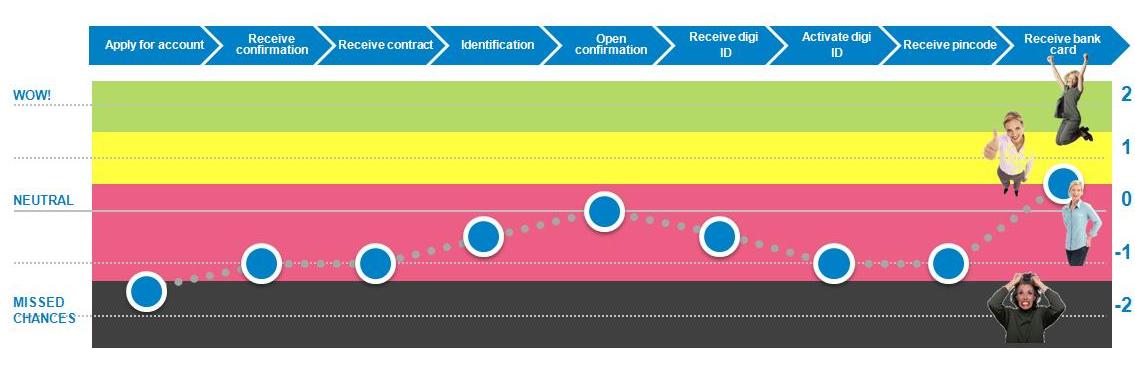
Apple has always taken full responsibility for the user’s experience. This is in contrast to other companies such as Microsoft and Google that take a more open approach - allowing others to use the software with hardware created by others. An open approach yields more variety in products, but maintaining control of the entire product - from hardware, to software to the sale of the product is what has created a differentiated and premium consumer experience. Steve Job’s penchant for controlling everything can be reframed as taking responsibility for the entire customer experience.
In physical therapy, we can adopt the same approach. We can take responsibility for every aspect of the patient’s interaction with us, from when they first dial a number to when we fondly ‘graduate’ them from therapy. How can we get a handle on the massive number of interactions patients have with us? Perhaps creating a customer interaction map can help us to identify each touchpoint where we interact with our patients. What if instead of capturing our patient’s rating of their experience at just one point we could create a map of the key touch points to identify where we can improve? This idea is written about extensively but not commonly utilized in healthcare.
 Because healthcare is a service industry, invariably a great many of the touch-points our patient’s have with our companies will be with specific people rather than a call center, website or automated system. In chasing down this idea I came across a really nice HBR blog post here and I also noted that it is strikingly similar to the approach the Cleveland clinic used in a dramatic customer service turnaround described in this HBR article that anyone in the healthcare business should read. When the Cleveland clinic decided to turn around their satisfaction ratings as reported to medicare they started by identifying every interaction that patient’s had with staff. They learned that the physician accounted for less than 5% of the interactions during a patient stay. This information cued the leader’s of the Cleveland clinic to focus attention on interactions that had not been previously thought to be vital.
Because healthcare is a service industry, invariably a great many of the touch-points our patient’s have with our companies will be with specific people rather than a call center, website or automated system. In chasing down this idea I came across a really nice HBR blog post here and I also noted that it is strikingly similar to the approach the Cleveland clinic used in a dramatic customer service turnaround described in this HBR article that anyone in the healthcare business should read. When the Cleveland clinic decided to turn around their satisfaction ratings as reported to medicare they started by identifying every interaction that patient’s had with staff. They learned that the physician accounted for less than 5% of the interactions during a patient stay. This information cued the leader’s of the Cleveland clinic to focus attention on interactions that had not been previously thought to be vital.
Below is a list of interactions I made for our practice… the first step in mapping the key touch points.
The next step would be identifying key points, and either looking at established metrics or creating new measurement methods to quantify our patient’s satisfaction at each point in their journey. As an example, one of our practices identified that they had a larger than expected number of patients who did not complete their course of care. The patients were returning after the initial visit, but approximately 15% would drop out by the 3rd visit. They created a list of interactions similar to the one listed above and tracked how well they thought they were doing and how satisfied the patient was at each point in ‘the journey’. The staff identified that patients were often not being greeted by the therapist until they had performed as much as half of their exercise intervention. In the form of a test, the physical therapists resolved to greet the patient and discuss their status while they were warming up. While difficult in the beginning, before long this habit became an established part of the clinic flow and the number of patients dropping from care in the first 3 visits dropped to a more typical 8%.

Obviously some of these interactions are more important than others, but the leadership lesson of ‘take responsibility from end to end’ is that we should pay attention to each of these interactions and always assume that we can take action to improve them. When we can make each of these interactions as positive as possible for our patients, we will have created a differentiated experience that will be very hard to compete with.


Please note: I reserve the right to delete comments that are offensive or off-topic.